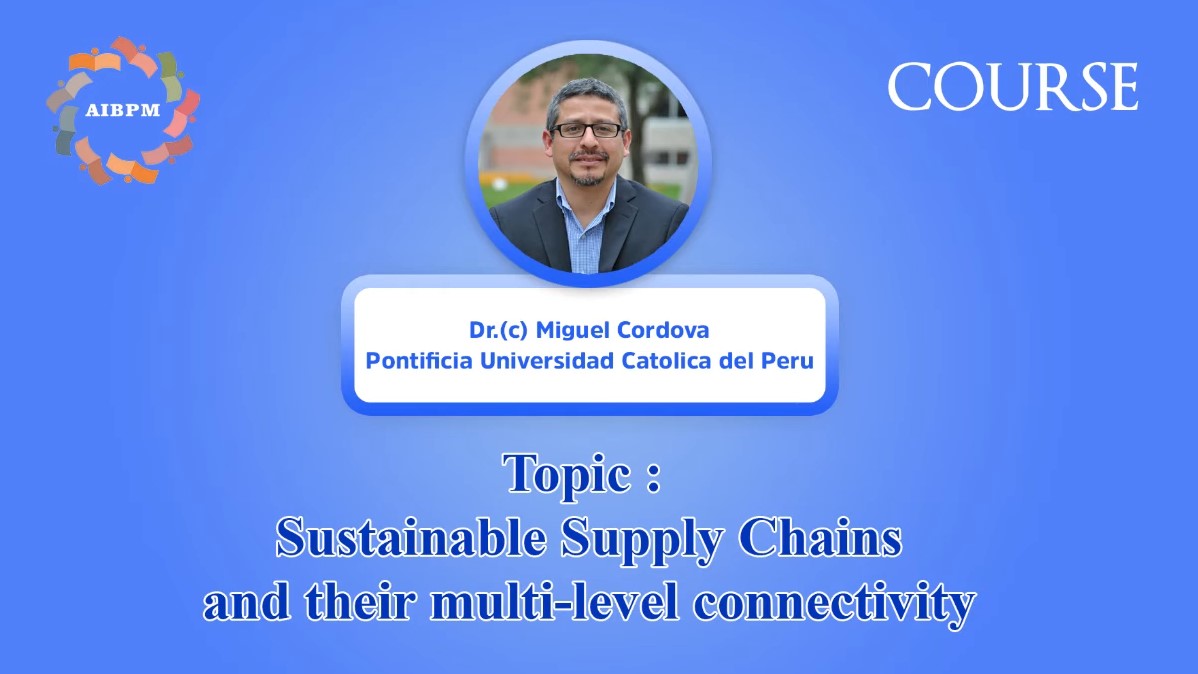-
Topic Overview: Discussion on sustainable supply chains and their multi-level connectivity.
-
First History - Individual Level:
- Individuals connect to global supply chains through everyday purchases (e.g., coffee).
- Consumer choices impact farmers and workers worldwide.
- Individuals have power in deciding what to buy, influencing supply chains.
-
Second History - Organizational Level:
- Organizations are interconnected through trade and commercial activities.
- Key participants include suppliers, distributors, and retailers.
- Organizations face trade-offs between high-quality service and cost.
- Environmental concerns must be integrated into supply chains for sustainability (e.g., reverse logistics).
-
Third History - Sustainability Level:
- Focus on three axes: social concerns, economic growth, and environmental issues.
- The UN's Sustainable Development Goals (SDGs) aim for sustainability by 2030.
- Many nations struggle to make progress on sustainability due to trade-offs and lack of synergy.
-
Fourth History - Global Risk Level:
- Global risks (e.g., pandemics) are interconnected and impact sustainability.
- Example: COVID-19 affected labor in the mining sector, hindering clean energy technology production.
- Emphasis on understanding interconnectedness in decision-making.
-
Summary of Four Levels:
- Individuals, organizations, sustainability, and global risks are interconnected.
- Events like pandemics can have widespread effects on supply chains and sustainability.
-
Positive Example:
- Fish oil supply chain as a model of synergy: uses less popular fish for sustainable food production.
- Low waste in production process (1.5%).
- Need for regulation on fishing methods to protect marine life.
-
Final Thoughts:
- Importance of thinking and deciding within a multi-level interconnected system.
- Individuals and organizations have the power to influence sustainability through their choices.

